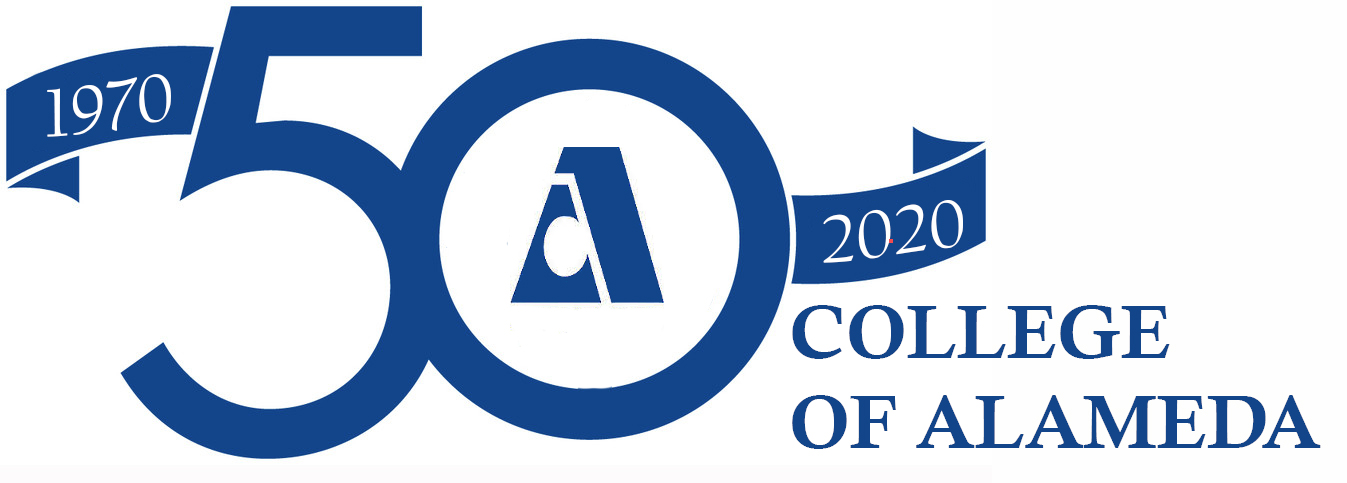In addition to support services for general college classes, SAS offers courses to students with disabilities through the Learning Resources discipline. There are four programmatic areas: the Learning Skills Program; the Adapted Computer Learning Center which includes instruction in assistive technology for students with varying disabilities and cognitive skills for students with acquired brain injury or learning disabilities; the WorkAbility III program; and the College to Career Program.
The SAS classes offer group instruction. Classes are taught using lecture, discussion, hands-on practice, use of computer software to reinforce skills, and small group work.
Learning Skills Program
Assists students with learning disabilities by providing assessment, advising, and liaison with campus instructors and programs. Teaches learning strategies in reading, writing, spelling, math, and study skills. Covers basic through college skill levels.
Courses offered:
Learning Resources 296- Diagnostic Learning
Individual assessment of learning strengths and weaknesses to determine eligibility for services as an adult with learning disabilities.
Learning Resources 259- Writing Strategies
Designed for students with learning disabilities to master techniques and strategies for writing ranging from sentences to research papers. Students are required to co-enroll in a mainstream English class.
Learning Resources Math 276 – Learning Strategies in Algebra and Geometry
Introduces students to concepts in algebra and geometry. Students with learning disabilities master learning strategies in mathematics appropriate to their learning strengths and weaknesses. Students are required to co-enroll in a mainstream Math class.
Learning Resources 277 – Introduction to Mathematical Concepts and Strategies
Mastering quantitative concepts and developing problem-solving skills in mathematics. Students are required to co-enroll in a mainstream Math class.
Adapted Computer Learning Center
Provides keyboard modification, speech synthesis, screen enlargement, braille output, voice input for hands-free computer operation, and other computer adaptations as appropriate for students with learning disabilities, acquired brain injury, visual impairment, physical disability. Provides computer-assisted instruction in cognitive skills for students with acquired brain injuries or learning disabilities.
Courses offered:
Learning Resources 213 – Improving Cognitive Skills
Designed for students with acquired brain injuries or learning disabilities. This computer-assisted cognitive retraining class emphasizes problem solving and decision making at school, home, and work. Instruction in combination with cognitive software remediates basic mental processes such as attention, memory, and sequencing. Complex thinking skills such as categorizing, logical problem solving, and abstract reasoning are also addressed. Compensatory strategies for decreased cognitive function are developed.
Learning Resources 211 – Computer Access
Designed for students with visual, physical, or learning disabilities. Students learn word processing, using adaptive programs as appropriate, to facilitate writing business letters, resumes, reports, and flyers. Includes use of screen reading software to assist in editing and proofreading written work. Introductory Internet skills, including e-mail, basic research, locating resources on the web. This course meets the AA degree computer literacy requirement.
Learning Resources 272 – Computer Access Projects
Students who have completed Computer Access and who need to use adaptive computer equipment may enroll in Projects to improve writing and editing skills by preparing papers for mainstream classes. Students enrolled in mainstream Computer Information Systems courses may also enroll in Projects to practice and reinforce skills learned in CIS.
WorkAbility III
A joint program of College of Alameda and the Department of Rehabilitation.
Course offered:
Learning Resources 269 – Job Experience
This class emphasizes job seeking skills and job placement.
College to Career Program
College of Alameda is one of five California Community Colleges selected for the College to Career grant, funded by the Department of Rehabilitation through 2014. Twenty students are accepted each year. The goals of the program are to improve employment outcomes for persons with intellectual disability (ID) and to expand the range of jobs available to persons with ID, with emphasis on areas of job growth.
Courses offered:
Learning Resources 263 – Vocational Assessment
Evaluation of vocational, academic and social skills, job readiness, career interests, and basic reading and math assessment.
Learning Resources 279 – Communication Strategies
Development of appropriate social skills for the workplace; personal social effectiveness (assertiveness) in vocational and social settings; appropriate behaviors for cooperative/community building in the workplace, and goal setting/organizational skills
Learning Resources 269 – Job Experience
This class emphasizes job seeking skills and job placement.
